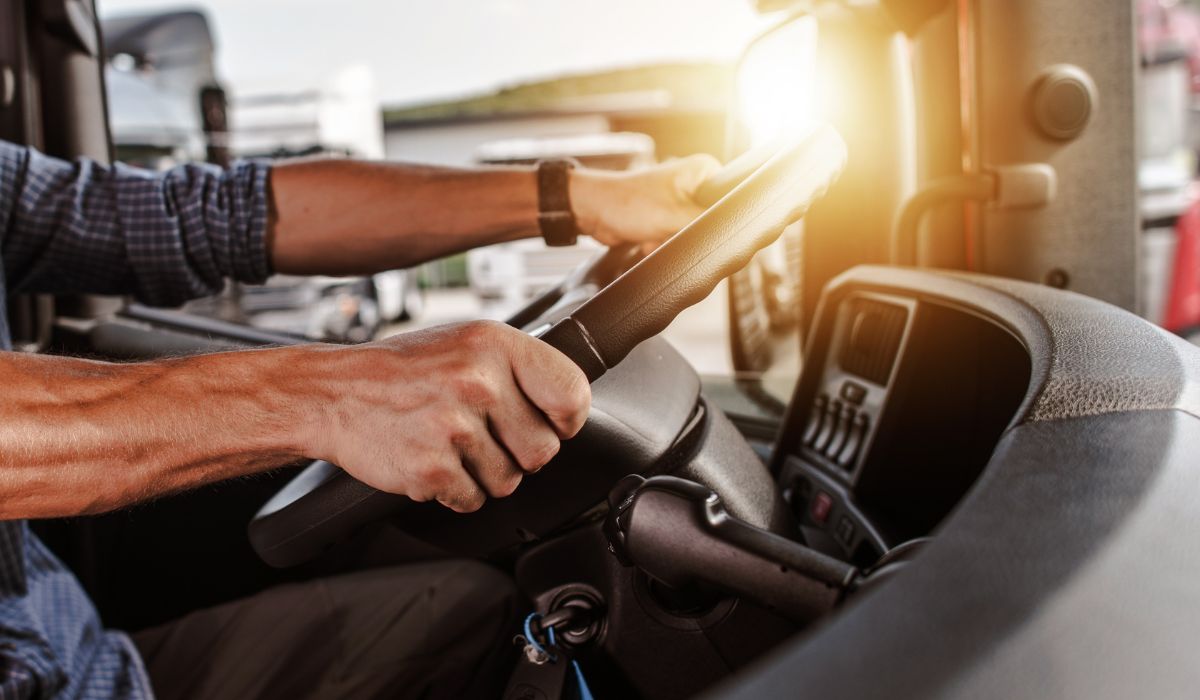Stepping into a new phase of your career is an exciting journey. In the trucking industry, you can journey across the country delivering goods for businesses. Becoming a truck driver requires obtaining a commercial driver’s license (CDL) along with other safety certifications. By meeting some basic requirements and passing a skills test, acquiring a CDL can broaden your career prospects. We will go over the legal requirements and general steps for how to get your commercial driver’s license.
The Federal Motor Carrier Safety Administration (FMCSA) has set basic qualifications that all people who aspire to have a CDL must meet to operate a commercial vehicle. These qualifications pertain to your driving history, knowledge of driving standards, and health status. In the United States, you must be 18 years old to drive intrastate and 21 years old to drive interstate. You can find a list of necessary qualifications and other helpful information in your state’s CDL manual.
These requirements will vary from state to state but apply to all three classes of commercial driving licenses. Different classes of CDL authorize licensed drivers to operate different vehicles categorized by weight and number of axles. The type of commercial vehicle you want to drive will determine the qualifications you must meet and the type of exams you must prepare for. A Class A CDL is a popular choice for drivers because it is the most inclusive license for the widest range of operable vehicles.
Like obtaining a standard driver’s license, you must obtain a commercial learner’s permit (CLP) to practice driving a commercial vehicle. At the Department of Motor Vehicles (DMV), drivers must verify their identity, take necessary vision evaluations, and pass a relevant knowledge test with at least 80 percent accuracy. With a CLP, drivers can operate commercial vehicles on public roads under the supervision of a licensed driver.
You must have a CLP for at least 14 days before you can schedule the necessary exams to get your commercial driver’s license. Applicants must take a written knowledge test and additional endorsement tests for additional qualifications as a driver. Next is a road skills test in a vehicle that matches the class of CDL for which you are acquiring your license. If you pass this set of tests, you will receive your CDL.
Every truck driver needs certain certifications, including a CDL, to join the transportation industry. Your state’s CDL state manual acts as a key resource for any questions you have about meeting necessary requirements. Following these steps can bring you closer to new career opportunities driving a commercial vehicle.









